Provision Accounting
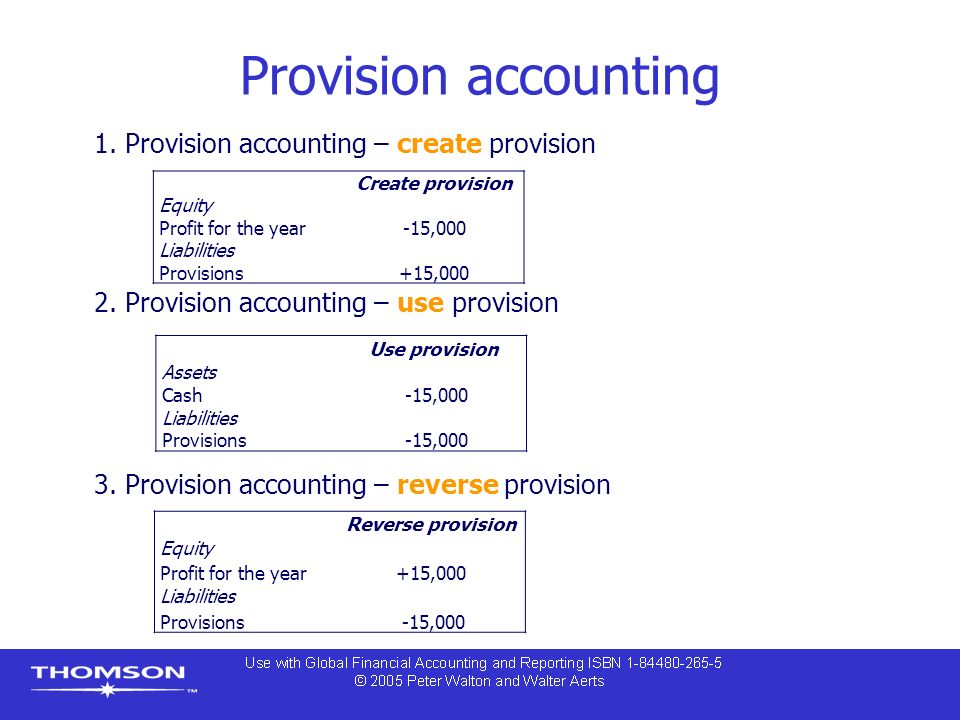
Examples of provisions include accruals asset impairments bad debts depreciation doubtful debts guarantees product warranties income taxes inventory obsolescence pension restructuring liabilities and sales allowances.
Provision accounting. Ias 37 outlines the accounting for provisions liabilities of uncertain timing or amount together with contingent assets possible assets and contingent liabilities possible obligations and present obligations that are not probable or not reliably measurable. Provision for discount to debtors to get payment earlier we have to give the discount to our sundry debtors receivables. Provisions are measured at the best estimate including risks and uncertainties of the expenditure required to settle the present. So we have made provision for a discount to debtors receivable in the current year.
Provisions are recognised on the balance sheet and are also expensed on the income statement. Types of provision in accounting. Any great society where all members regardless of race income or background flourish to their full potential requires a strong and vibrant entrepreneurial culture. Provisions resulting impact is a reduction in the company s equity.
Small business is the driver of prosperity for everyone. An accrued expense is one that is known to be due in the future with certainty. Provisions in accounting are an amount set aside to cover a probable future expense or reduction in the value of an asset. A provision is not a form of saving even though it is an amount that is put aside for a future plausible cost or obligation.
Let s talk not your. A provision is the amount of an expense that an entity elects to recognize now before it has precise information about the exact amount of the expense. In accounting accrued expenses and provisions are separated by their respective degrees of certainty. The accounting journal entry of provision for discount to debtors is shown in the image below.
A provision for bad debt is one that has been calculated to cover the debts encountered during an accounting period that are not expected to be paid. We exist for small business we believe in small local businesses and the entrepreneurial spirit. There are many reasons why a business would want to create a provision in its accounting records the list below shows some of the reasons why provisions might be established. Bookkeeping and accounting use the term provision meaning an estimated amount set aside when it is probable that a liability has been incurred or an asset impaired.
The most common type of provision is a provision for bad debt. For example an entity routinely records provisions for bad debts sales allowances and inventory obsolescence a provision should be recognized as an expense when the occurrence of the related obligation is probable and one can reasonably. When accounting provisions are recognized on the balance sheet and then expensed on the income statement. Gaap a provision is an expense.





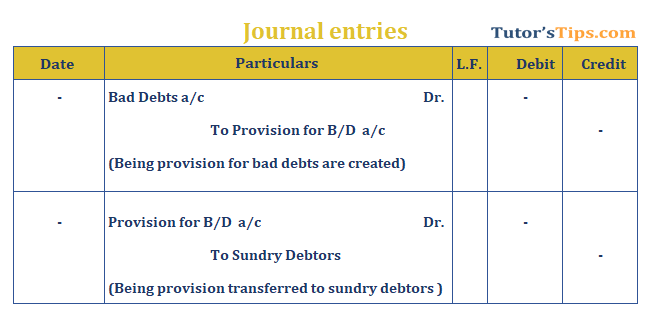
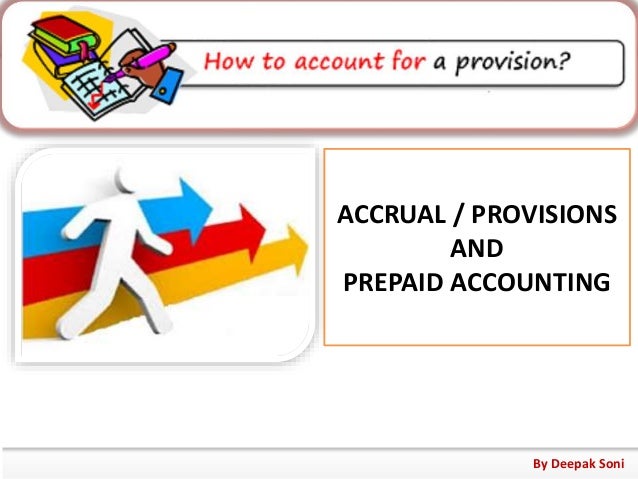




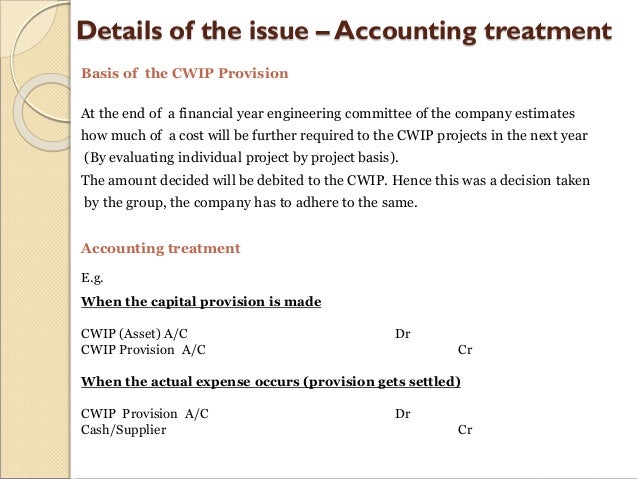
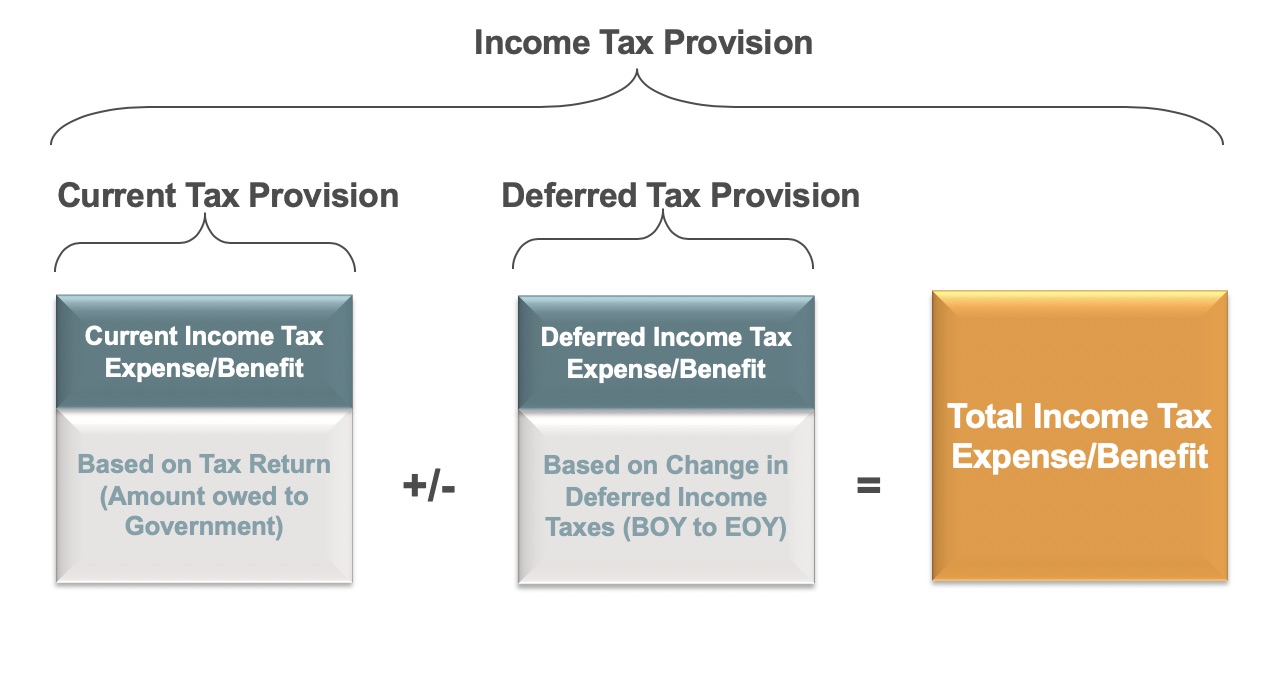



_1451373594_240-2.jpg)

